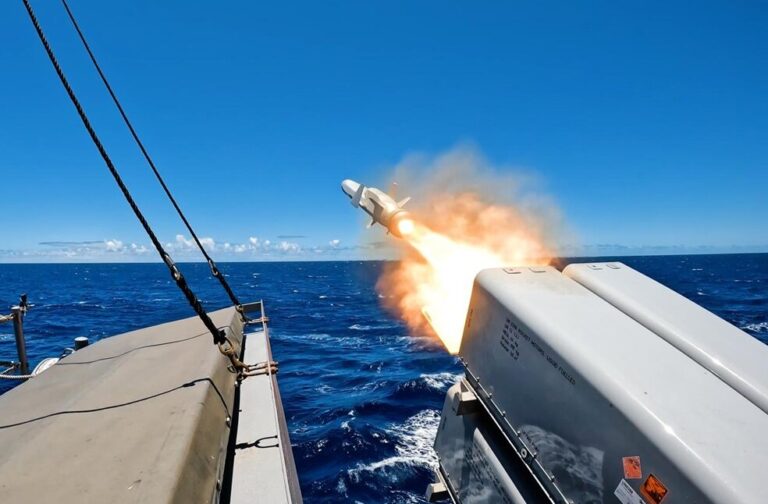Sydney: Australia is enhancing its missile defence capabilities in response to “significant concerns” over China’s recent test of an Intercontinental Ballistic Missile (ICBM) in the South Pacific.
The Australian government plans to increase its weapons stockpiles and expand exports to security partners, entering a new era characterised as a “missile age.”
Minister for Defence Industry Pat Conroy remarked on the government’s commitment to enhancing its missile defence and long-range strike capabilities. Conroy emphasised the importance of collaborating with allies, including the United States, Japan, and South Korea, to ensure regional stability.
The heightened concerns stem from China’s test of an ICBM in September, which travelled over 11,000 kilometres before landing in the Pacific Ocean, northeast of Australia. Conroy noted the implications of this test, particularly regarding the Treaty of Rarotonga, which designates the Pacific as a nuclear weapons-free zone.

As part of its response, Australia is deploying SM-6 missiles on its navy destroyer fleet to enhance ballistic missile defence. Earlier this month, the government announced a significant A$7 billion ($4.48 billion) deal with the United States to acquire SM-2 IIIC and Raytheon SM-6 long-range missiles for its naval forces.
Over the next decade, Australia plans to invest A$74 billion (approximately $49 billion) in missile acquisition and defence.
Conroy mentioned the ongoing challenges posed by supply chain disruptions and strategic fragility, asserting that Australia must not only acquire more missiles but also increase domestic production capabilities. In August, Australia announced plans to jointly manufacture long-range Naval Strike Missiles and Joint Strike Missiles with Norway’s Kongsberg Defence in Newcastle, marking the only production site outside Norway.
By the end of the year, Australia’s navy will also incorporate Tomahawk missiles, enhancing its operational range to 2,500 kilometres (1,550 miles), effectively increasing the fleet’s weapons range tenfold.



